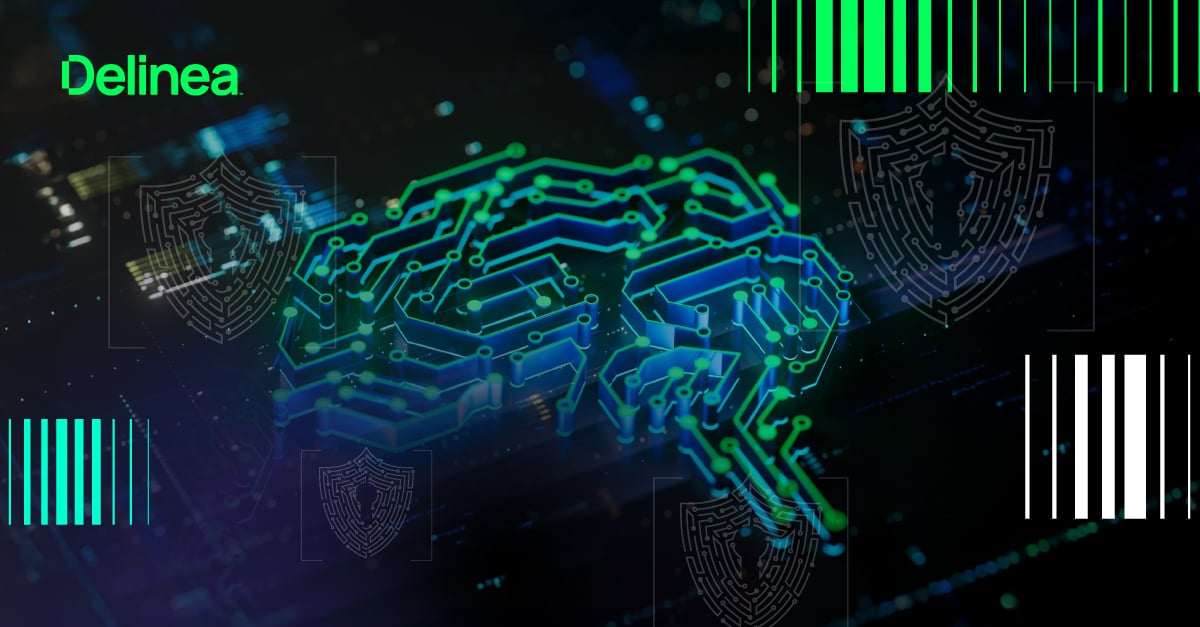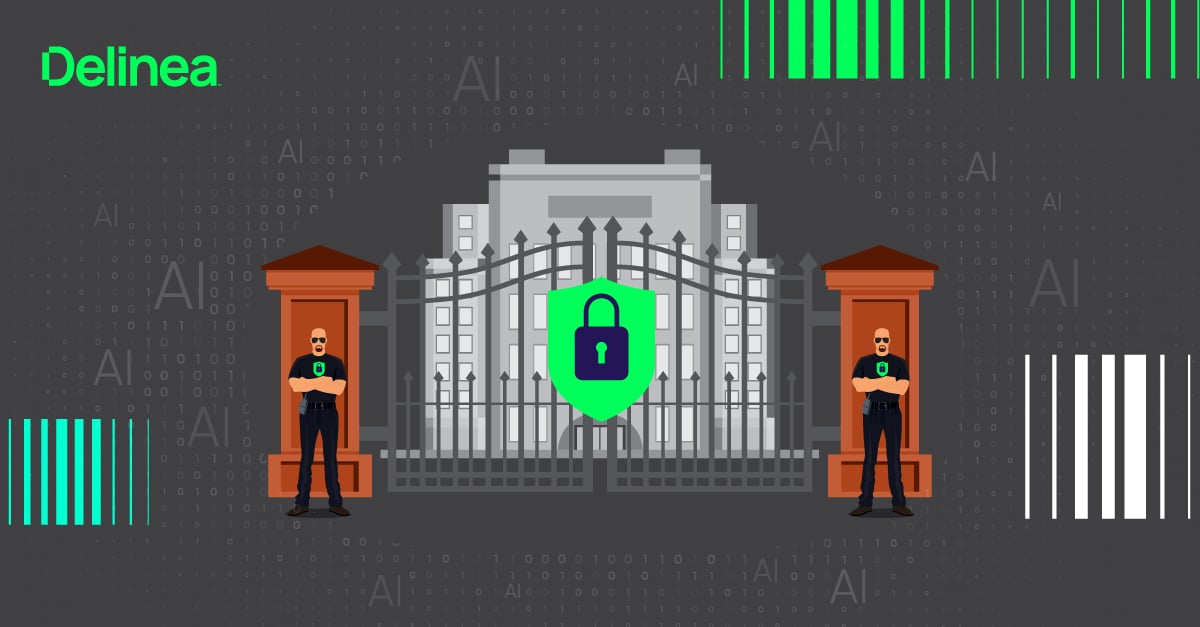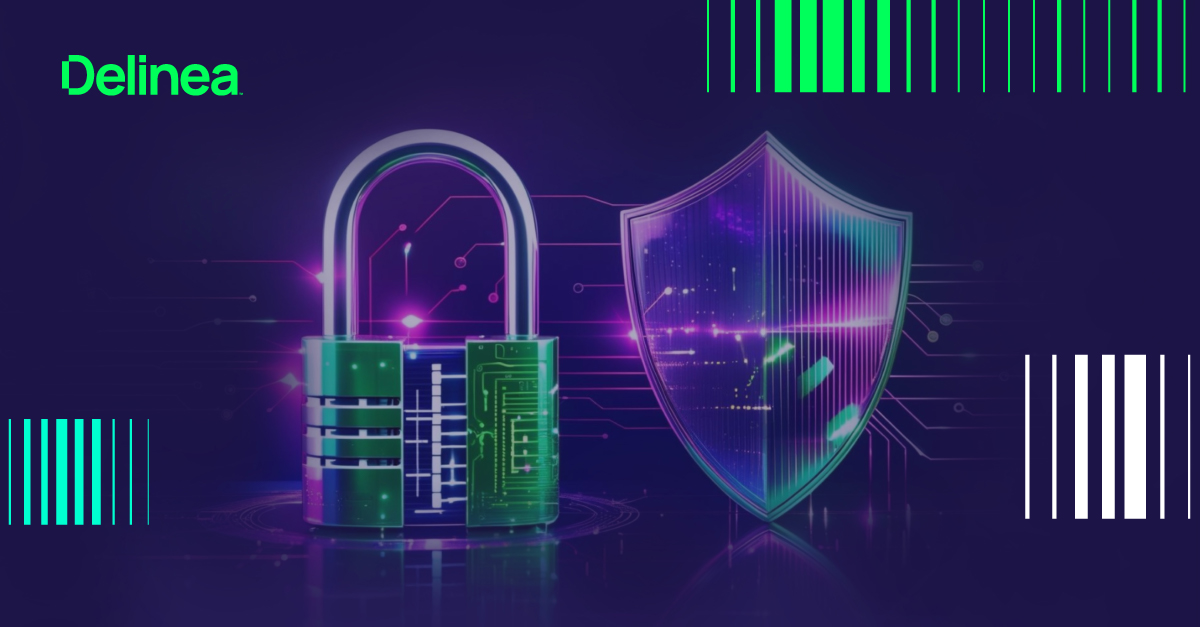Shadow AI and the innovation paradox: Securing the future without slowing progress
As global leaders push for minimal regulation to fast-track AI innovation, organizations are accelerating adoption to unlock its transformative potential. The intent is clear: avoid red tape, move fast, and lead the next wave of technological evolution. But this rapid advancement comes with a hidden cost—escalating cybersecurity risks that are becoming harder to ignore.
While innovation surges, threat actors are leveraging the same tools to evolve their tactics. Sophisticated phishing, deepfakes, and AI-driven malware have emerged as potent threats. Delinea’s Cybersecurity and the AI Threat Landscape report showed a spike in AI-powered attacks throughout 2024, with tactics like credential theft and identity misuse driving high-impact breaches—such as the Snowflake incident.
The double-edged nature of AI—capable of both groundbreaking progress and destructive misuse—demands a new level of vigilance. In many organizations, a major threat is emerging from within: shadow AI.
The rise of shadow AI
Shadow AI refers to the unsanctioned use of AI tools by employees or departments without oversight from IT or security teams. The abundance of low-cost or free tools makes it easy for teams to sidestep procurement channels and compliance safeguards. These tools are often introduced with good intentions—faster analysis, better insights, streamlined workflows—but can inadvertently open doors to data exposure, compliance violations, and security vulnerabilities.
In regulated industries like healthcare, finance, or defense, the consequences are even more severe. Shadow AI can easily breach GDPR, HIPAA, or other compliance frameworks, leading to legal consequences, fines, and reputational harm.
The culture challenge
The shadow AI dilemma isn’t just technical—it’s cultural. Many organizations operate with a “move fast and innovate” mindset that prizes agility over process. But when guardrails are missing, short-term wins can create long-term risks. Teams may overlook essential controls in the name of speed, setting the stage for future breaches or compliance issues.
A framework for responsible AI adoption
Mitigating the risks of shadow AI requires a thoughtful, cross-functional approach that balances innovation with control. Here are five points to guide responsible, secure AI adoption:
1. Policy and governance
Establish clear, enforceable policies that define acceptable AI use, mandate risk assessments, and address privacy, bias, and security considerations. Cross-functional governance boards should be empowered to make quick decisions about new tools and models—governance must keep pace with innovation.
2. Discovery and visibility
Without visibility, there’s no control. Organizations must implement tools that automatically discover and inventory AI usage—both sanctioned and rogue. Mapping the full AI footprint enables enforcement of policies and reveals hidden vulnerabilities before they become threats.
3. Access and identity controls
AI systems must be integrated into the broader security framework. Role-based access controls, least-privilege policies, and regular credential management help prevent unauthorized access and limit the blast radius of potential breaches.
4. Behavioral anomaly detection
Even with policies in place, continuous monitoring is essential. AI tools can behave unpredictably or be exploited without obvious signs. Behavioral analytics and anomaly detection help flag abnormal activity early—before it escalates.
5. Ongoing education and awareness
Build a culture of responsible AI use. Equip employees with the knowledge they need to recognize risks and follow best practices. Training programs should be updated regularly to reflect the evolving AI landscape.
The role of Privileged Access Management (PAM)
As AI tools increasingly access sensitive systems and data, every AI connection becomes a privileged connection. PAM solutions help manage these connections securely, ensuring only authorized AI agents can perform actions, access data, or interface with workflow systems.
With the rise of Agentic AI—where autonomous agents make independent decisions—the ability to provision, rotate, and audit credentials at scale is critical. PAM doesn’t just protect sensitive assets—it empowers rapid, secure development cycles, turning security into a business enabler.
Striking the right balance
AI innovation and security aren’t at odds—they’re two sides of the same coin. Organizations that strike the right balance between speed and safety will be the ones to lead in the AI-driven future. With identity-centric strategies, continuous governance, and proactive risk management, businesses can scale AI initiatives confidently, without compromise.
Security isn’t just about protection anymore—it’s a competitive differentiator. In the race for AI dominance, those who build with trust at the foundation will shape the future of intelligent innovation.



